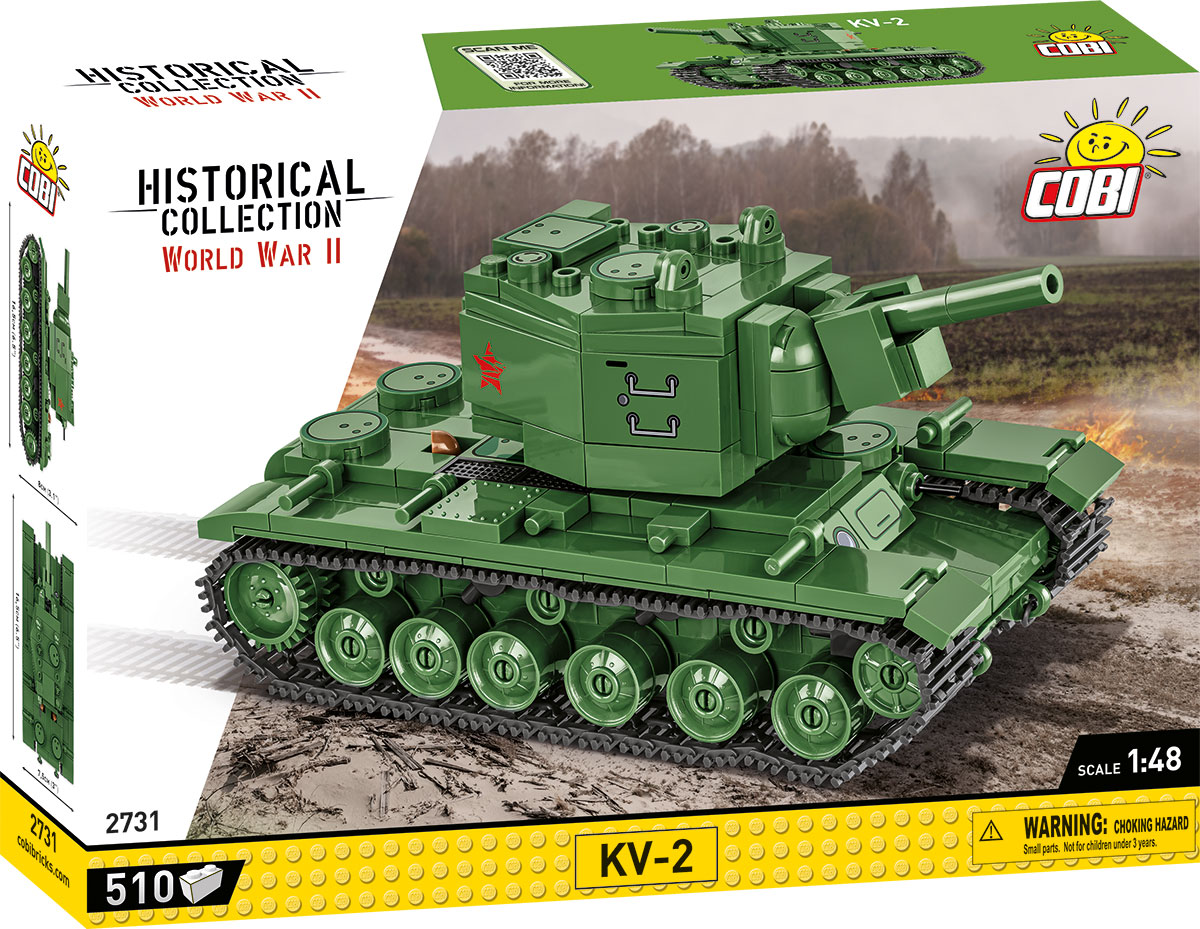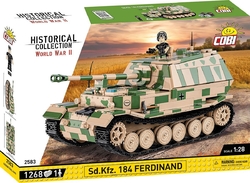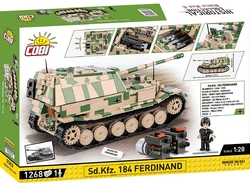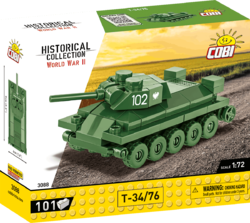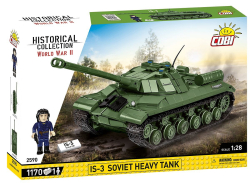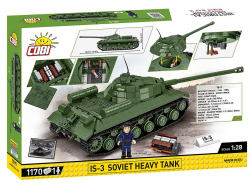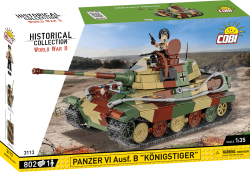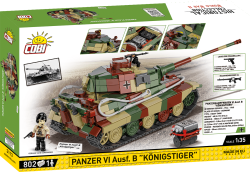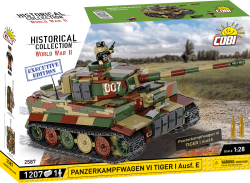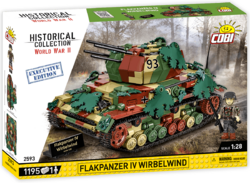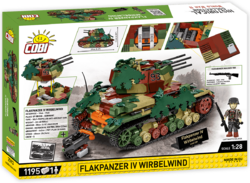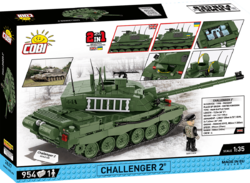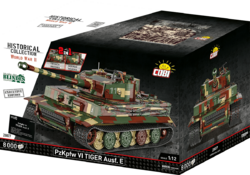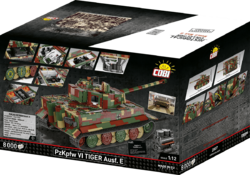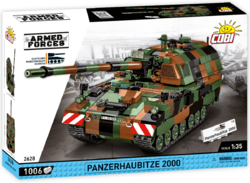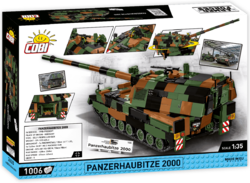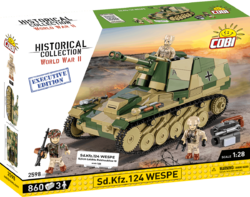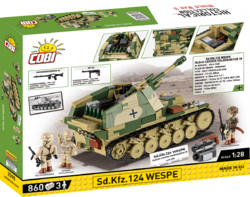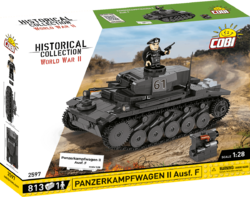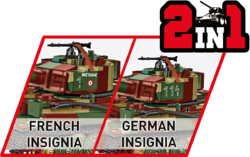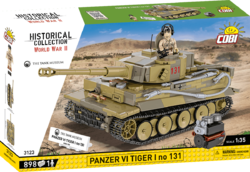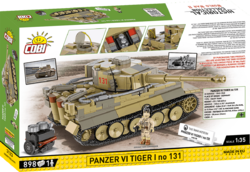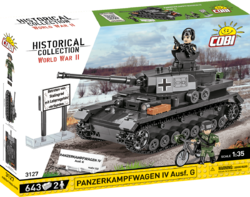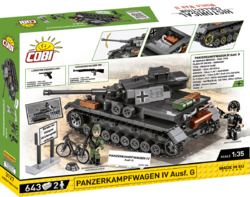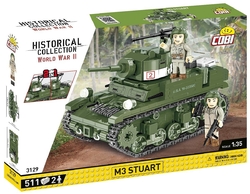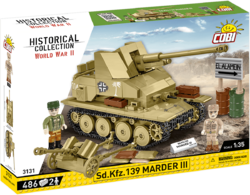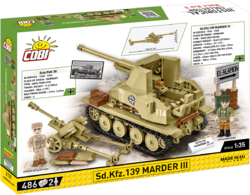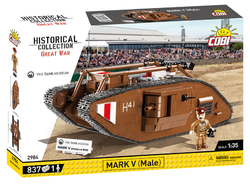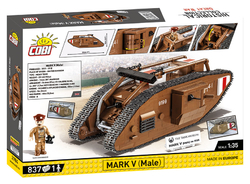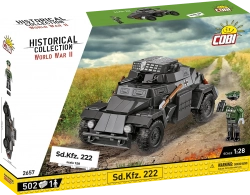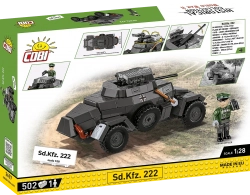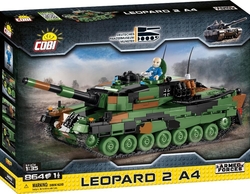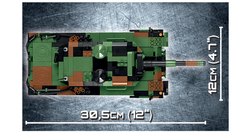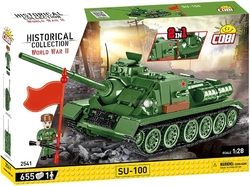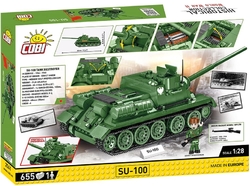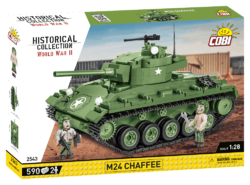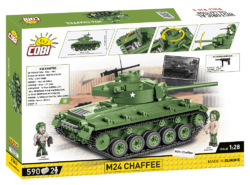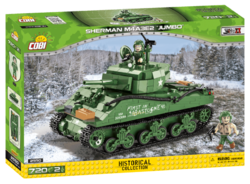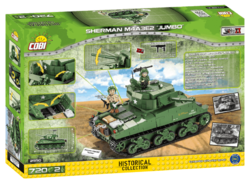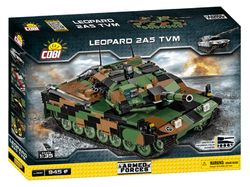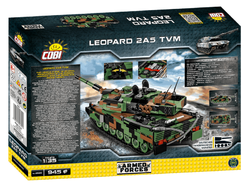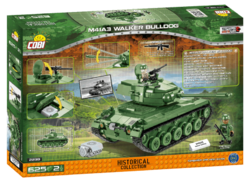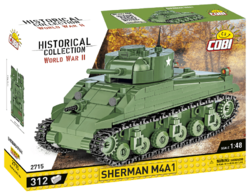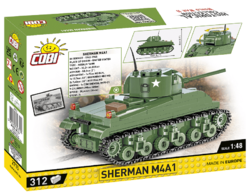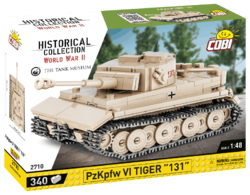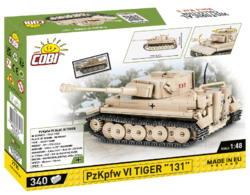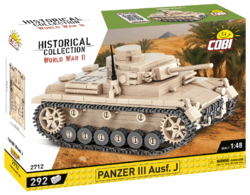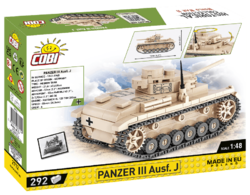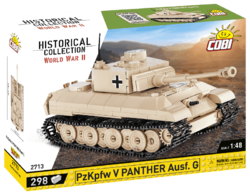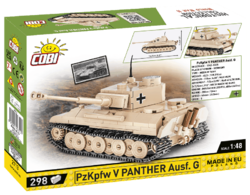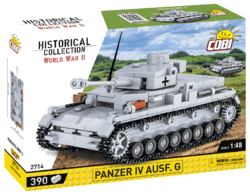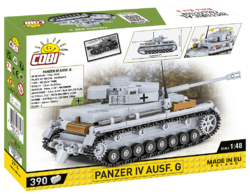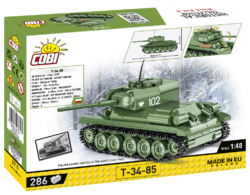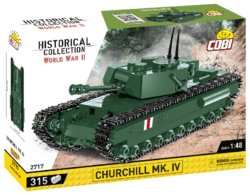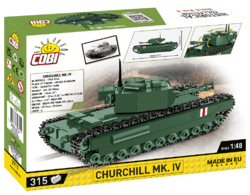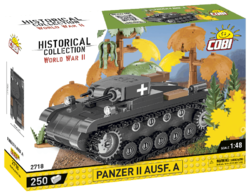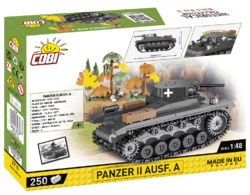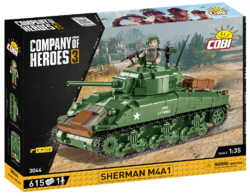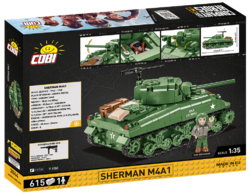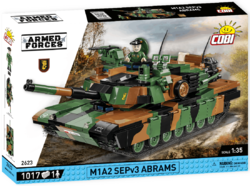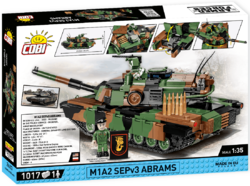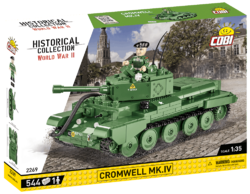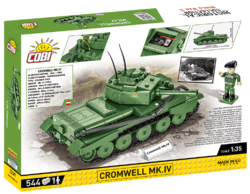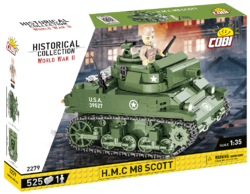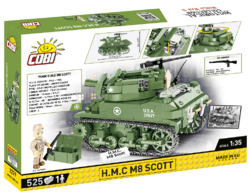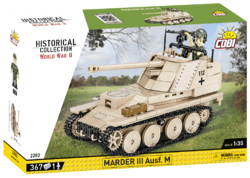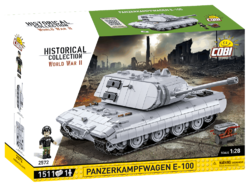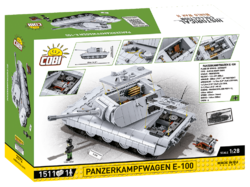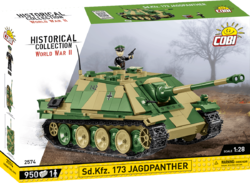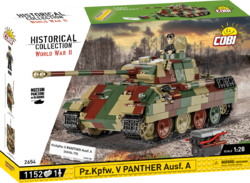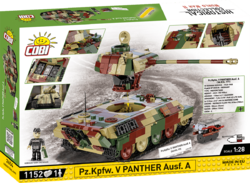Kit of the famous Soviet tank KV-2 in traditional green army camouflage. The assembled tank has a rotating turret with an adjustable gun sight. The tracks are functional and the model can be easily driven on a non-slip surface. The smaller models of the 1:48 series bring a lot of joy and more space on the shelf.
Show more
100 %
(1 Ranking)
745 Kč
pcs
Add to Cart
In stock - ready to ship (2 pcs)
| List Number: | COBI-2731 |
| EAN: | 5902251027315 |
| Warranty: | 24 months |
| Manufacturer: | COBI |
| Price excluding VAT: | 615,83 Kč |
Latest reviews
All reviews
Verified customer
06.01.2024
Všechno super, přišlo to rychle, a na to jak je to malý tak je to detailní 5 hvězd?
Description
Parametres
Files and Links
Discussion
Reviews1

You know that:
- The tank was built for a clear purpose, namely the destruction of enemy reinforced concrete bunkers in Finland.
- The KV-2 had the same chassis as the then existing KV-1.
- The tank's unmistakable profile had its downsides. In fact, the tank was an easy target and its high turret meant that its centre of gravity was placed high, making stability difficult when driving over rough terrain.
- It was also not easy for the crew, as the only access to the turret was via a ladder.
- The tank weighed about 52 tons and combined with the lack of engine power, it was a clumsy and slow machine.
- A total of 334 were produced, which is very small by Soviet standards.
- Production at Kirov's factories took place between 1939 and 1941.
- A very well-documented case is that of a single and, moreover, undriveable KV-2 machine that held at bay an entire German battle group "Raus" belonging to the 6th Panzer Division in June 1941 near Raseiniai, Lithuania.
- Due to breakdowns, Soviet soldiers often abandoned them and their German opponents used them against them after repairs.
- There were also plans to produce an upgraded version with a powerful 107 mm cannon, but the slow tank was not suitable for manoeuvre warfare and the project was cancelled.
Technical parameters:
- dimensions: length 7.1 m, width 3.32 m, height 3.25 m
- weight 52 t
- armour up to 110 mm
- power unit diesel, water-cooled 12-cylinder Diesel V-2 engine with 375 kW
- number of gears 5 + 1
- maximum speed: on road 34 km/h, off road 16 km/h
- range 250 km on road, 150 km off-road
- wading distance 1.6 m
- main weapon 152 mm M-10T howitzer
- 2 x DT 7.62 mm machine gun
- crew 6 persons
Marshal Rokossovsky about the KV-2 tank:
"They withstood shots from all types of weapons with which the German tanks were armed. But what a sight it was when they came back from the battle. Their armour was damaged everywhere."
Assembly instructions
| Number of figurines | 0 pcs |
|---|---|
| Version (series) | 11/2023 |
| Dimensions after assembly | 16,5 x 7,5 x 8 cm |
| Scale | 1:48 |
| Box dimensions | 34 x 24 x 6 cm |
| Package weight | 465 g |
| Number of pieces | 510 pcs |
| Recommended age | 7+ |
| Material | Plastic |
| Compatible with other brand of kits | Yes |
Discussion is empty.
100 %
5
1x
4
0x
3
0x
2
0x
1
0x
Všechno super, přišlo to rychle, a na to jak je to malý tak je to detailní 5 hvězd?
Other categories
Related Items
Last viewed products
You might be interested









